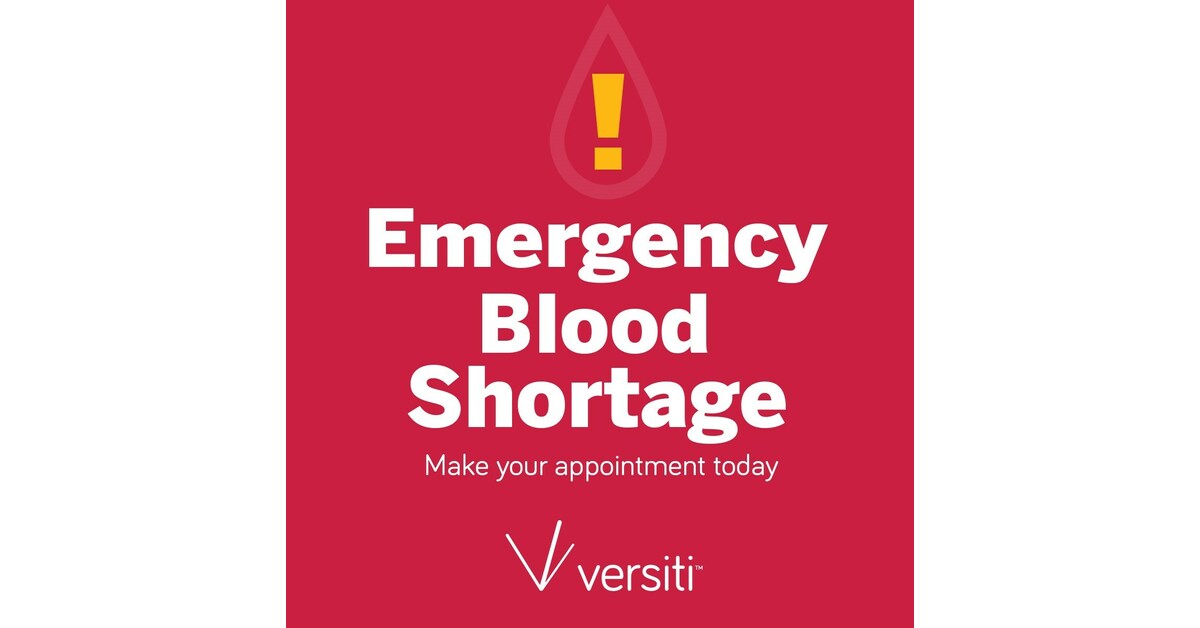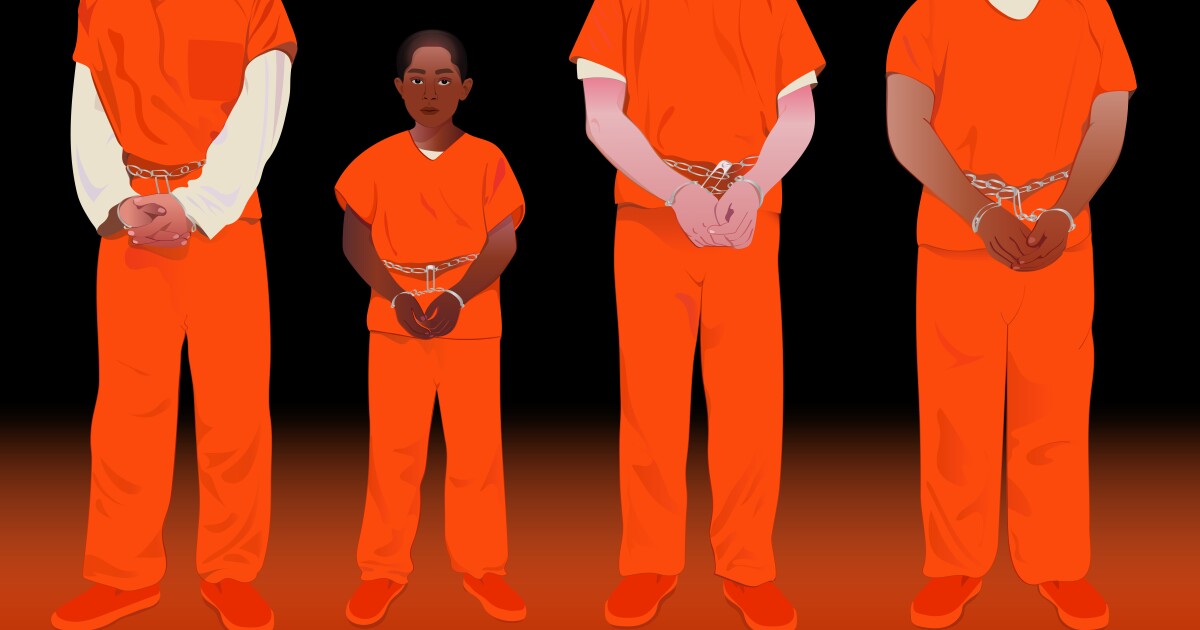Wyoming
Housing in Wyoming, Obstacles and Solutions -Part 2
/cloudfront-us-east-1.images.arcpublishing.com/gray/3NIBCRN4NNGS7NGEO6VELYJAC4.jpg)
CHEYENNE, Wyo. (Wyoming News Now) – In part one of our housing series, we looked at what the most expensive county in the state is doing to create workforce housing. In this second part, we’ll look at Cheyenne and housing history.
The next obstacle for housing projects is an old one.
It’s NIMBYism or Not in My Backyard.
”We’re trying to look at policy. To fix policy, and figure out how we got to a place where our wealth divide is so great and why it keeps growing,” said Brenda Birkle, Director of the Affordable Housing Taskforce and Executive Director of My Front Door.
According to Birkle, historically, if we look at access to housing resources, it has excluded women and people of color.
Birkle says after the stock market crash, from 1933 on, The Homeowners Loan Corporation established “Residential Security Maps” that defined areas that were “safe and risky.” These maps fell along racial lines, which limited access to government loans for some.
In 1944 “The Service Member Readjustment Act” limited access to unemployment benefits, education, and housing based on race.
In 1968 “The Fair Housing Act” established five protected classes to combat inequality but didn’t include gender until 1974 or family status until 1988. Affecting BIPOC (Black, Indigenous, and People of Color) and Single Moms the most, causing them to fall in greater numbers into cycles of poverty.
”Owning property has always been about building wealth and economic development. If you’re the government, it’s about economic development, and if it’s an individual or family, it’s really wealth,” said Birkle.
And in 2021, Wyoming’s Housing Bill 91 finally allowed for removing racist or unconstitutional housing covenants.
“Now, when you think about folks who say, ‘Gosh, I really understand we need housing, just not in my backyard.’ So when you think about NIMBY mentality, and you think about when they say, ‘Gosh, those people really don’t fit in our neighborhood.’ It’s really another word for classism, and classism has direct roots in racism,” said Birkle.
Authorities say that nimbyism supporters often say that local government and states right supersede all; therefore, nimbyism is the people’s will.
” If you are concerned about “those people” I would encourage you to do your research and find out about property values that have included a mix of different types of housing. You know, every income stream and use and find out what it does. I think you are going to be amazed that it actually brings up property values,” said Birkle.
Birkle says the “Yimbies” or Yes in My Backyard should be more vocal about building more places the workforce can afford.
” If you want workers and you want amenities, they have to have a pillow. It’s humane,” said Birkle.
In part three, we’ll look at possible solutions that are working and some that are being proposed as possible solutions.
Copyright 2023 KGWN. All rights reserved.

Wyoming
U. Wyoming’s vice president of DEI announces departure as university shutters DEI office | The College Fix
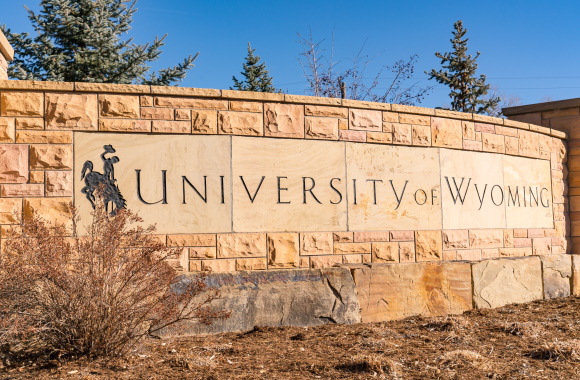
University will also end mandatory DEI statements for hiring, promotion
The University of Wyoming’s vice president for diversity, equity and inclusion has announced he is leaving the institution for a new job as UW prepares to shutter its DEI office next month.
Zebediah Hall, who was tapped for the top DEI position at UW in November 2022, has accepted a new position in a similar role at Salisbury University in Maryland.
It’s the latest development at the Cowboy State’s flagship public university, which is being forced to eliminate its Office of Diversity, Equity and Inclusion office due to legislative pressure, where Republicans hold a supermajority in the statehouse.
The university also announced in May it will no longer require job candidates to submit DEI statements nor evaluate employees’ commitment to DEI in annual performance reviews.
Campus media affairs representatives did not respond to repeated emails and a phone call in recent weeks seeking comment from The College Fix. Hall also did not respond to a request for comment.
University President Ed Seidel and the UW Board of Trustees made the changes “in response to legislative action that removed $1.73 million from UW’s upcoming biennium budget. A legislative budget footnote also directed that no state dollars be spent on the DEI office, effective July 1, 2024,” a news release stated.
“We received a strong message from the state’s elected officials to change our approach to DEI issues,” Seidel stated.
Seidel added support programs run out of the DEI office that handled other efforts, such as mandatory state and federal nondiscrimination trainings, and ones supporting veterans, nontraditional students, and students with disabilities, will be transferred to other offices and remain intact.
As for the closure of UW’s DEI office, some argue such moves may not go far enough.
In his piece “Closing DEI Offices is Not Enough,” political scientist Samuel Abrams argued DEI is so embedded in other aspects of campus life, from student support services to libraries to residential life programs, that the dogma will continue to be heavily propagated on campuses.
“Sarah Lawrence College, where I teach, provides a straightforward case,” he wrote in his April piece. “Only a handful of administrative staff are technically in the ‘diversity, equity, inclusion, and belonging’ (DEIB) office, for instance.”
“But that has not stopped the overt and inappropriate activism of many other staff members employed by SLC to theoretically help elevate all students.”
At the University of Wyoming, programs that may be considered preferential to one group of individuals but are “deemed essential to help students,” such as Women in STEM activities or the Wyoming Latina Youth Conference, will be funded by “private” sources and continue on, the news release stated.
However, the University of Wyoming this summer will not host the annual Black 14 Social Justice Summer Institute. This program is for high school juniors and seniors with a “passion for social justice,” with learning outcomes such as exploring possibilities to social problems and promoting a sense of community “amongst a diverse group of students.”
“The University of Wyoming will not hold a Black 14 Social Justice Summer Institute this year, as members of the Black 14 have chosen not to participate in a third annual institute,” the university wrote in a May news release.
“In a letter to President Ed Seidel, three Black 14 members wrote that the group is discontinuing its involvement in the institute because Wyoming government leaders have eliminated funding for UW’s Office of Diversity, Equity and Inclusion.”
MORE: U. Wyoming settles with Christian silenced for calling trans student ‘male’
IMAGE: Paul Brady Photography / Shutterstock
Like The College Fix on Facebook / Follow us on Twitter
Wyoming
Your Wyoming Sunrise: Monday, June 24, 2024 | Cowboy State Daily
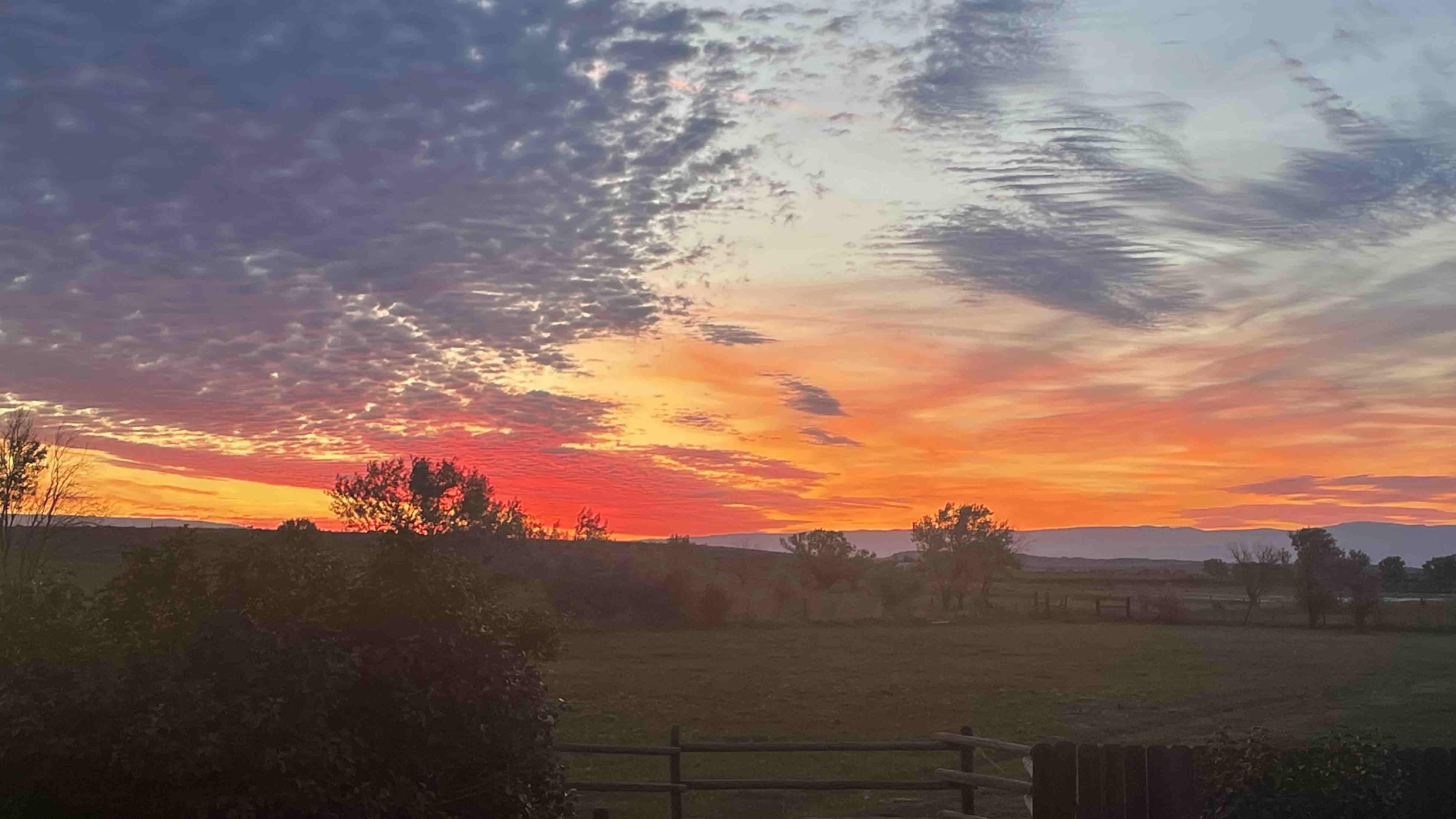
Today’s Wyoming sunrise was captured by Kelly Ackerman. Kelly writes, “Outside of Powell from my back door.”
To submit your Wyoming sunrise, email us at: News@CowboyStateDaily.com
NOTE: Please send us the highest-quality version of your photo. The larger the file, the better.
NOTE #2: Please include where you are from and where the photo was taken.
NOTE #3: Tell us about your sunrise. What do you like about it?
NOTE #4: HORIZONTAL photos only. We cannot use vertical.
Wyoming
Rod Miller: From Beavers to Coal, Five Wyoming… | Cowboy State Daily
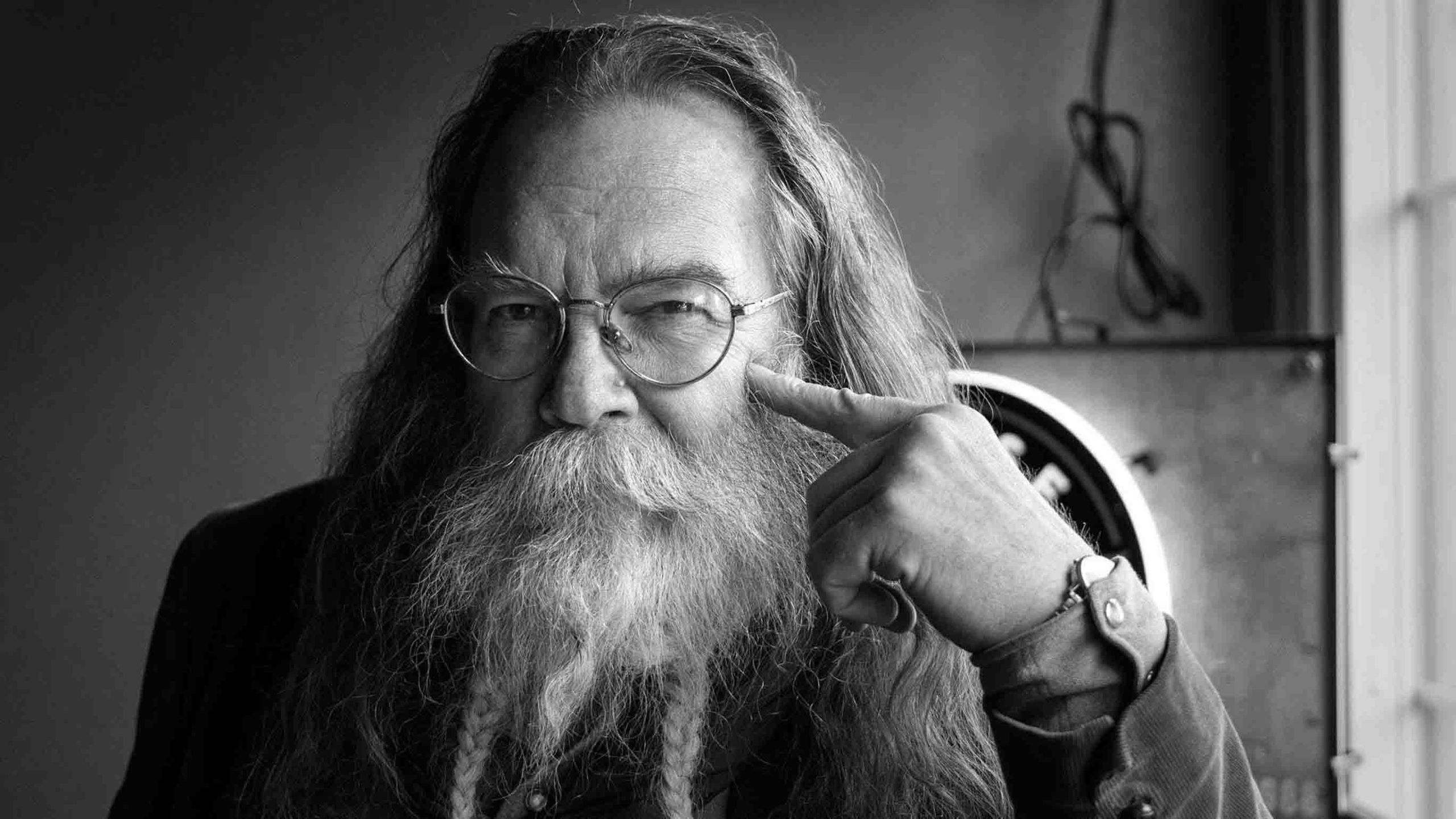
When fur trappers of the 1830s stood hip-deep in the numbing waters of Wyoming’s far west side, they began our first industry. International demand for beaver fur for fashionable headwear created wealth where none existed before.
That was also the dawn of Wyoming’s symbiotic relationship with corporate America in the form of the powerful fur companies.
This heyday lasted until silkworms from China produced a product that proved more desirable for making hats for European nobility, and the beaver fur industry declined.
Some of those early entrepreneurs in the Big Empty, struggling with the demise of beaver trapping, poked around South Pass and discovered gold in 1842. A decade or so later, a frenzied gold rush resulted in South Pass City becoming the densest concentration of white folks in the territory.
Again, wealth was created out of thin air, sweat and capital until the lode petered out. But, before it did, money was made and the economic life of what would become Wyoming strode forward.
For those keeping count, that was economic boom number two.
When the gold boom died, the railroad was built through Wyoming, connecting us with markets on both coasts. Some smart folks saw an opportunity to convert the hardy grasses of our plains into meat and wool, and ship it to cold, hungry folks up and down the line.
Bingo! The range livestock industry was born. Magnificent old Queen Anne mansions were built by cattle and sheep barons with the profits, and they still line the streets of our towns.
The livestock industry dominated Wyoming’s economic profile for nearly a century, providing the imagery on our license plates and the name for our football team. No other industry has branded us as deeply.
In the mid-1950s, recreation and tourism supplanted livestock as the major contributor to Wyoming’s GDP. Hunters, fisherpeople, and casual tourists flocked to Yellowstone, borne by a burgeoning system of paved highways and runways, and spread out from there to the entire state.
We chuckle at these folks’ antics during the summer, but still pockets wads of cash that they tote across our border.
Oil and gas has, for a long time, been an important sub-component of our Gross Domestic Product, but never enough to knock cows or tourons off the top rung.
But, in 1970, the federal Clean Air Act was passed and almost immediately vaulted hydrocarbons to the top of our economic heap. This in the form of Wyoming’s low-sulfur coal which, because of new environmental regulations, became the preferred fuel for producing electricity nationwide.
Couple the Powder River Basin coal boom with the discovery of elephant gas fields near the greater Marbleton metroplex, and we have economic boom number five, still funneling money into our coffers by the wagonload.
But that industry is nearing the end of its shelf life.
Hence, if you characterize Wyoming’s economic life as a series of booms and busts, you are right on the money. This is the chart of our progress, albeit spasmodic, into the future where we find ourselves now.
At each turn on that bumpy road, the champions of the old industry fought tooth and claw against the new industry that they viewed as a threat. Our growth has been anything but smooth because of that fact.
But, in every case, that new industry created wealth in the Cowboy State that wasn’t there before. I think the term “progress” would apply. And I read somewhere that economic progress is what capitalism is all about.
So, instead of griping and whining about progress, and pushing back against it to protect the old way, I’ll just tip my Stetson to it. A Stetson, by the way, made of beaver fur.
Rod Miller can be reached at: rodsmillerwyo@yahoo.com
-
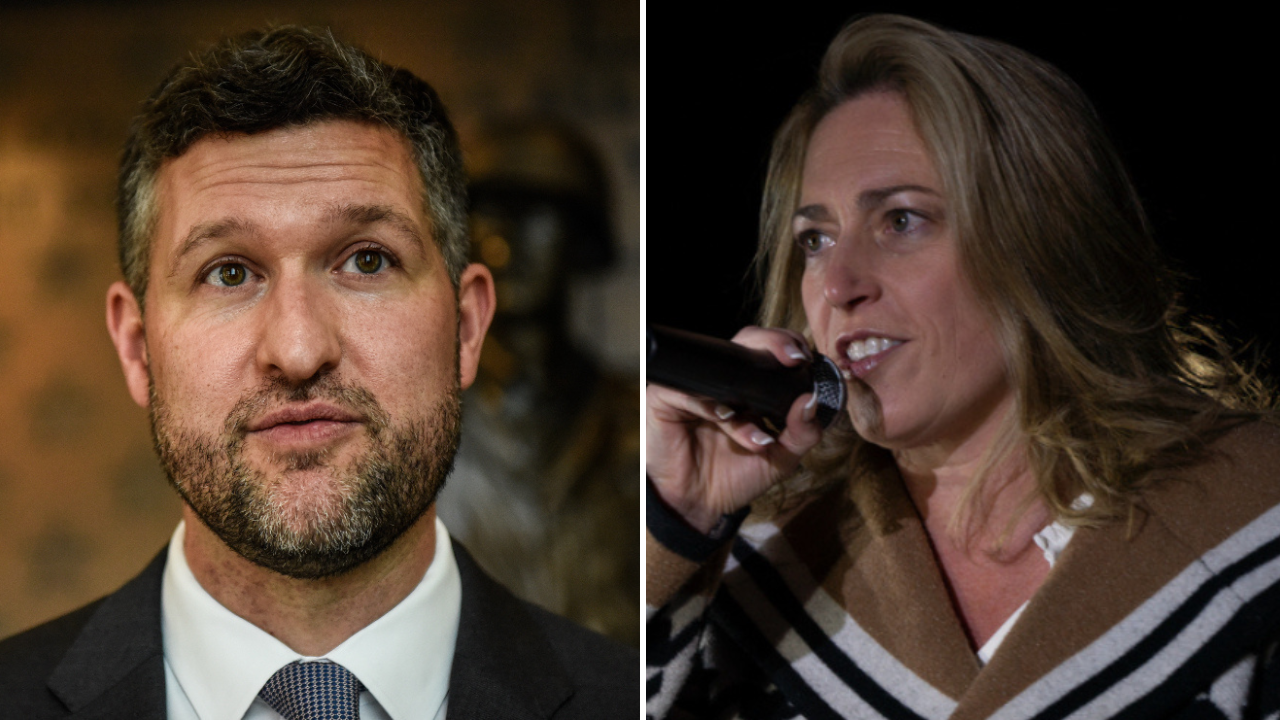
 Politics1 week ago
Politics1 week agoRule of law on ballot in NYC suburbs as cop, veteran trade barbs over border crisis, policing
-

 News1 week ago
News1 week agoIt's easy to believe young voters could back Trump at young conservative conference
-

 World1 week ago
World1 week agoSwiss summit demands 'territorial integrity' of Ukraine
-

 News1 week ago
News1 week agoJustice Department won't pursue contempt charges against Garland
-

 World1 week ago
World1 week agoSwitzerland's massive security effort at the Ukraine peace conference
-

 Politics1 week ago
Politics1 week agoBiden looks to capitalize on star-studded Hollywood fundraiser after Trump's massive cash haul in blue state
-

 World1 week ago
World1 week agoElection aftermath – MEPs to watch on economic and financial policy
-

 Politics1 week ago
Politics1 week agoJudge rules Missouri abortion ban did not aim to impose lawmakers' religious views on others




